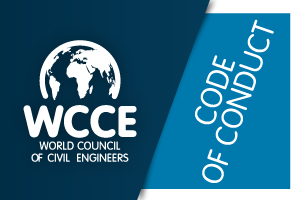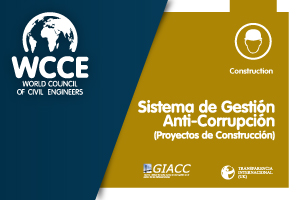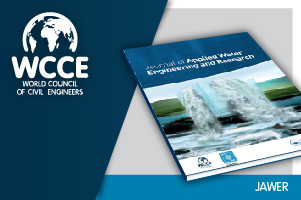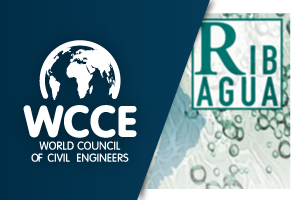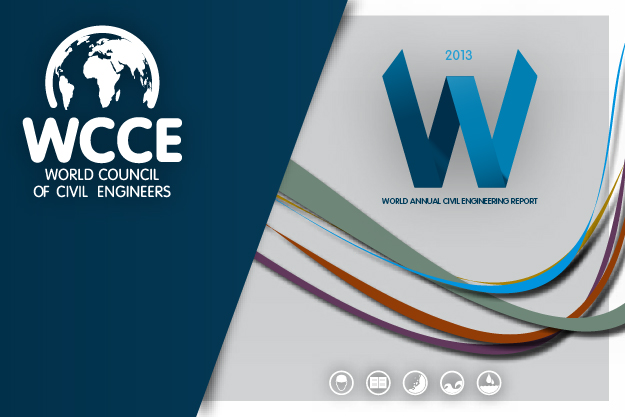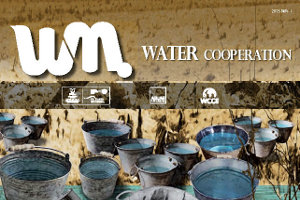This monograph deals with the first of the topics, “Drought and flood management: Best practices and engineering contribution” and has been prepared based on the reference documents in these matters and the contributions made by the members of the organizations that They are listed in the authorship section of the report and contributions.
The first Report has been approved by the WFEO at its annual meeting in November 2019 in Melbourne, and presented at the WEC2019 (World Engineering Convention) held in the same city and is available (in English) on the WFEO website . We offer a brief summary of this report in this post.
According to the United Nations Office for Disaster Risk Reduction (UNDRR), the greatest number of weather-related disasters is due to flooding , followed closely by storms. Then, although at a considerable distance in number, there are droughts and heat waves.
The economic impacts caused by extreme hydrological events - floods and droughts - have been increasing worldwide. These events pose serious threats to human life and the well-being of society and represent a burden and in turn a serious challenge for the States, responsible for maintaining economic development and also maintaining the ecosystem services, on which society depends .
Climate change causes negative effects on the availability of resources and the frequency of presentation of extreme hydrological events, such as droughts and floods. The OECD argues that investing in water security is a necessary condition for sustainable growth and development. Risk management related to extreme events requires policy coherence in all sectors, such as adaptation to climate change, water management and disaster risk reduction.
Traditionally, extreme hydrological events have been managed as emergency or crisis situations that had to be addressed by mobilizing extraordinary resources, usually by way of urgency. This crisis management approach is a reactive approach as it includes measures and actions that are put in place after an extreme event has begun. It often results in inefficient technical and economic solutions, because actions are taken with little time to evaluate the optimal options and stakeholder participation is very limited. In recent years, these policies are changing around the world, moving from a crisis management approach to another based on risk management or adaptive management .
The risk management approach is an increasingly widespread practice in many fields of science and engineering, not just droughts and floods. Disaster risk reduction seeks to prevent new risks, reduce existing risks and manage residual risk. Tackling the risks of these extreme phenomena in a planned way allows studying, analyzing and agreeing on measures with all stakeholders, and managing the corresponding risk in advance, assessing their consequences from all points of view. In recent years, flood and drought risk assessment and management plans have been developed in many parts of the world.
Engineering plays a very important role in predicting in time the natural phenomenon, the affected areas, the risks and potential damages, the definition of adaptation actions, the best evacuation options to non-flood areas or to guarantee the uses water essentials and limit damage in droughts, and to develop specific flood and drought risk management plans.
Tackling these extreme phenomena requires combining a whole series of measures, where the role of engineering in its design and application is essential and that it is also necessary to develop the different actors involved, which reinforces the need to previously implement the plans for risk management in a participatory manner, so that they are known and assumed by all the agents involved.
It must be the responsibility of the engineers to apply as soon as possible the innovations and technological advances that allow to better manage both floods and droughts, improving prevention and alert systems and their reliability, applying decision support systems, offering information on the forecasts of flows and their uncertainty, making decisions such as flooding plains in a controlled manner or using fuse evacuation channels, temporary overexploitation of aquifers to cope with droughts, water extraction or the distribution of resources available for water security in a drought context, among many others.
WFEO's Water Working Group
The Water Working Group (WGoW) of the World Federation of Engineering Organizations (WFEO) covers WFEO's water engineering initiatives and its relations with United Nations bodies and agencies, primarily with UN-Water and UNESCO, in the field of engineering contribution to the United Nations Sustainable Development Goals (SDGs).
The WFEW of the WFEO was approved by the WFEO Executive Council at the meeting held in October 2018 in London on the occasion of the World Engineering Congress. This group was jointly proposed by the Engineering Institute of Spain and the Ordem dos Engenheiros of Portugal. The Water Working Group has acquired the commitment to make three monographs on the following topics in the three-year period 2019-2021:
- Drought and flood management: Best practices and engineering contribution, in 2019,
- Reaching SDG 6 on water: Contribution of engineering, in 2020
- Adaptation to climate change: water and engineering contribution, in 2021.


